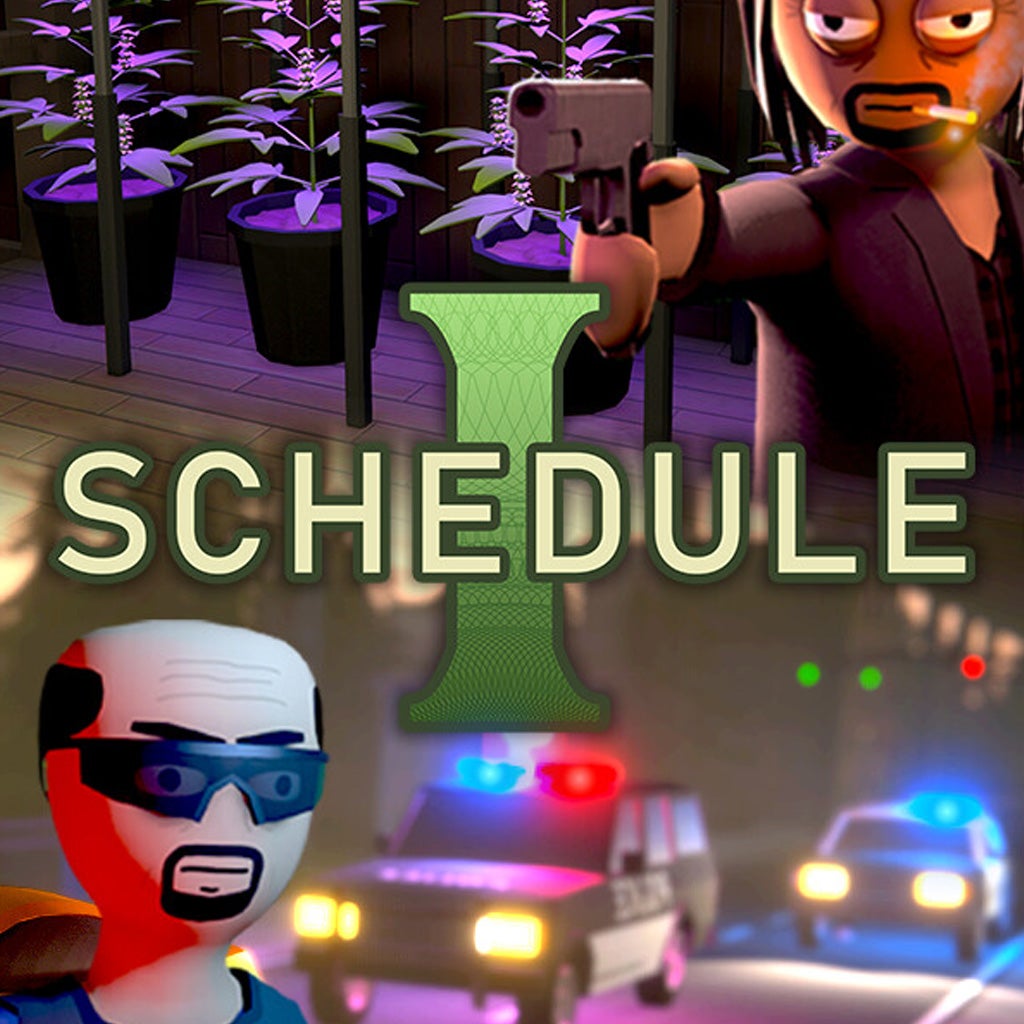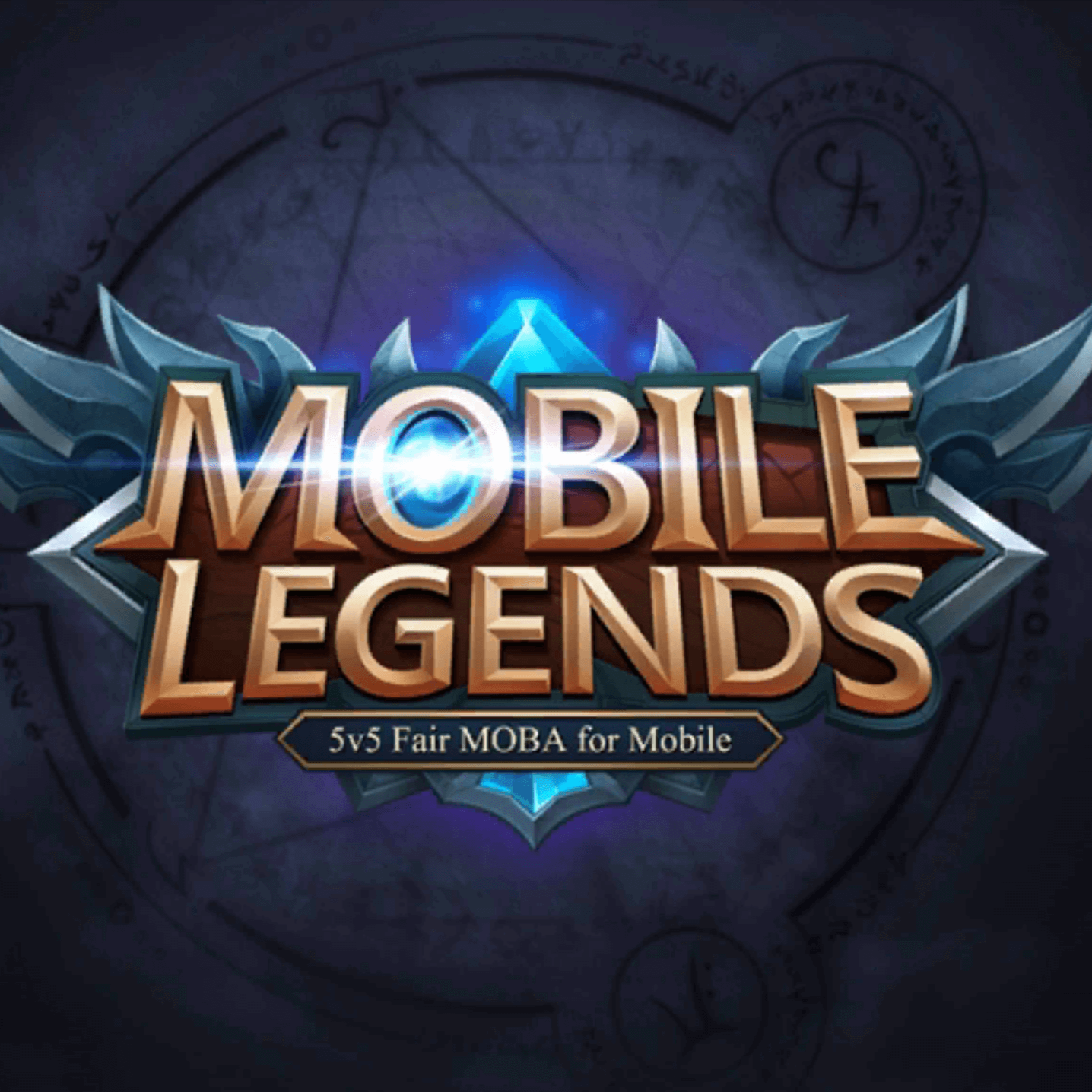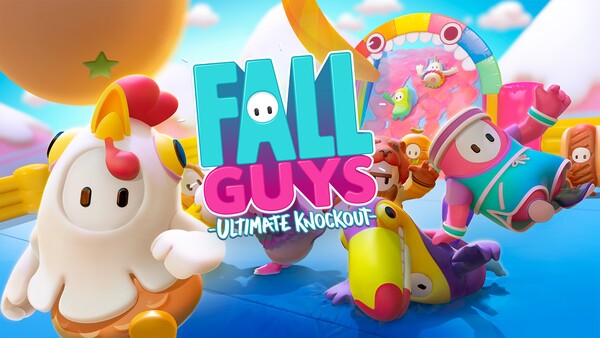Schedule: The Art, Science, and Impact of Planning Your Time
Time is the only resource we can never get back. That’s why having a schedule — whether for work, study, or daily life — isn’t just about being “organized.” It’s a fundamental tool that helps us prioritize, reduce stress, and live intentionally. In this article, we’ll explore the evolution of scheduling, how it shapes modern life, its pros and cons, and practical strategies to create a schedule that truly works.
1. What Is a Schedule? More Than Just a List of Times
At its simplest, a schedule is a plan of activities arranged over time. But it’s more than that.
The Basic Definition
A schedule typically shows:
What needs to be done
When it needs to happen
Sometimes, where and with whom
It can be daily, weekly, monthly, or even yearly.
Beyond Tasks
A good schedule:
Balances urgent and important tasks
Includes breaks and buffer time
Adapts to unexpected changes
In essence, it turns intention into action.
2. The History of Scheduling: From Sundials to Apps
The idea of planning tasks by time isn’t new — it’s thousands of years old.
Ancient Time‑keeping
Early schedules were built around:
Natural events (sunrise, seasons)
Religious rituals (daily prayers)
Even sundials and water clocks helped people plan farming, travel, and ceremonies.
The Industrial Revolution
As factories demanded shift work, printed timetables and wall calendars became common. Over time, personal planners and diaries evolved — leading to today’s digital calendars and scheduling apps.
3. Why We Use Schedules: Benefits Beyond Productivity
People often think of schedules as tools for getting more done. But they offer more.
Pros
Reduce anxiety by making plans visible
Help prioritize important over urgent
Track habits and progress
Create space for rest, hobbies, and family
Increase accountability (to yourself or a team)
Cons
Can feel rigid or stressful if over‑planned
May cause guilt if plans aren’t followed perfectly
Too detailed schedules can become overwhelming
A balanced schedule is flexible yet structured.
4. Types of Schedules: One Size Doesn’t Fit All
Different needs call for different formats.
Time‑based vs. Task‑based
Time‑based: Blocks of time (e.g., 10–11 a.m. meeting)
Task‑based: List of things to do, finish anytime in the day
Common Formats
Daily planners
Weekly overviews
Gantt charts (for projects)
Semester schedules (for students)
Editorial calendars (for bloggers)
Choosing the right type depends on your lifestyle and goals.
5. The Psychology of Scheduling: Why It Works
Scheduling isn’t just mechanical; it shapes how our brains think.
Cognitive Offloading
By writing plans down, we reduce mental load. This frees up focus for actual work instead of remembering what to do next.
Commitment & Motivation
A written schedule becomes:
A mini contract with yourself
A visual cue that triggers action
A tracker that rewards you with a sense of progress
That’s why people who plan often feel calmer and more in control.
6. Digital vs. Paper Schedules: Pros and Cons
Modern life offers both digital calendars and traditional paper planners.
Digital Schedules
Sync across devices
Easy to share with teams
Reminders & notifications
Can lead to screen fatigue
Dependence on battery / internet
Paper Schedules
Tangible and visual satisfaction
Fewer distractions
Easier for creative brainstorming
Harder to edit or share
Not searchable
Many people use both: digital for appointments, paper for daily reflections.
7. How to Build an Effective Schedule: Practical Steps
Scheduling is personal, but these steps help most people.
Step‑by‑Step Guide
List your tasks & commitments – work, family, health, hobbies.
Estimate realistic time for each task.
Block your calendar: include meals, breaks, commute.
Prioritize: highlight urgent and important tasks.
Review daily & weekly: adjust as needed.
Tips
Leave buffer time between tasks.
Plan demanding work when your energy peaks.
Don’t forget time for rest and fun.
8. Schedules in Work and Team Life
Schedules aren’t just for individuals; they power teams and companies.
Project Management
Tools like:
Trello
Asana
Microsoft Project
help teams coordinate deadlines, assign tasks, and track progress.
Meeting Schedules
A clear agenda helps meetings stay on time:
Start and end times
Topics
Owner for each topic
This keeps teams productive and respectful of everyone’s time.
9. When Schedules Fail: Common Mistakes and Fixe
Even well‑planned schedules can break down.
Common Mistakes
Underestimating time needed
Forgetting to add buffer
Over‑scheduling, leaving no room to react
Ignoring energy levels
How to Fix
Track time for a week to get realistic estimates
Use the “60/40” rule: plan only 60% of your time
Regularly ask: “Does this still fit my priorities?”
Remember: schedules should serve you, not control you.
10. The Future of Scheduling: AI and Personal Assistants
Technology is changing how we plan.
AI Scheduling Tools
Apps now:
Suggest meeting times
Auto‑reschedule conflicts
Learn your habits to propose daily plans
Examples: Google Assistant, Motion, Clockwise.
Beyond Time Blocks
Future schedules may also balance:
Mental energy
Mood tracking
Health data (like sleep or stress)
The goal: truly personalized, adaptive planning.
Conclusion: Why Scheduling Still Matters
In the end, a schedule is not about rigidly filling every hour. It’s about choosing what matters, planning it with intention, and staying open to change.
Whether you prefer paper, apps, or a hybrid, the best schedule is the one that helps you live the life you want — day by day.































